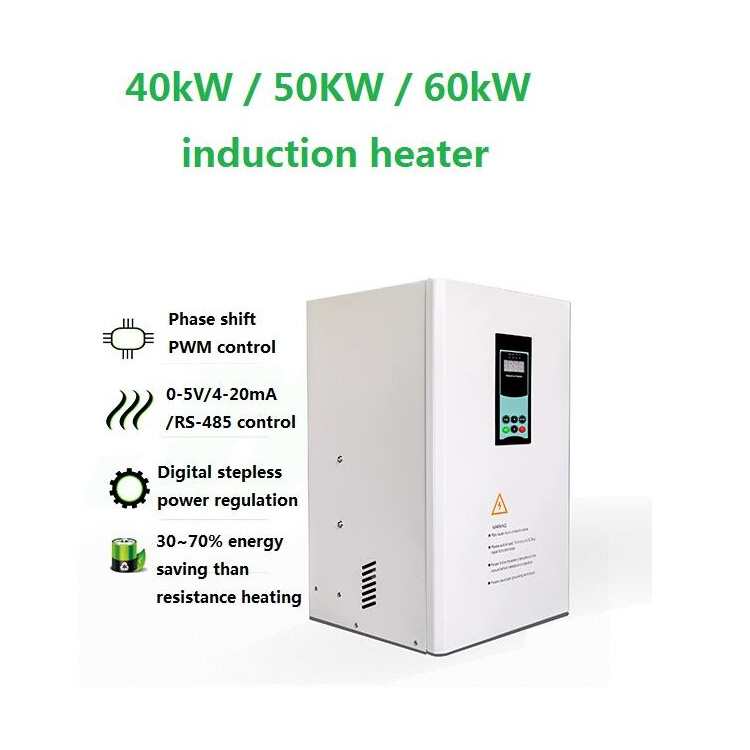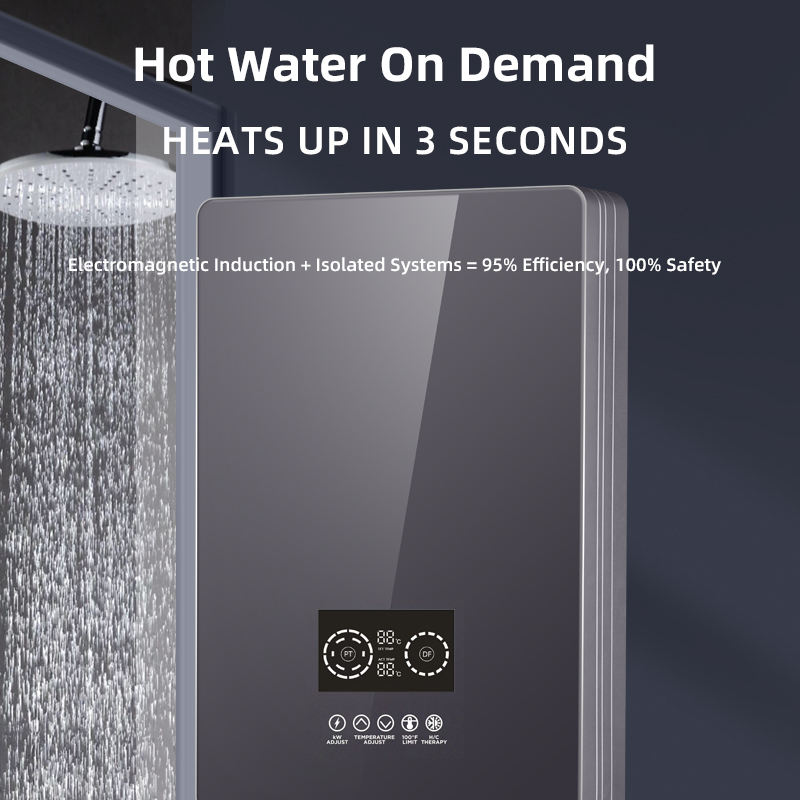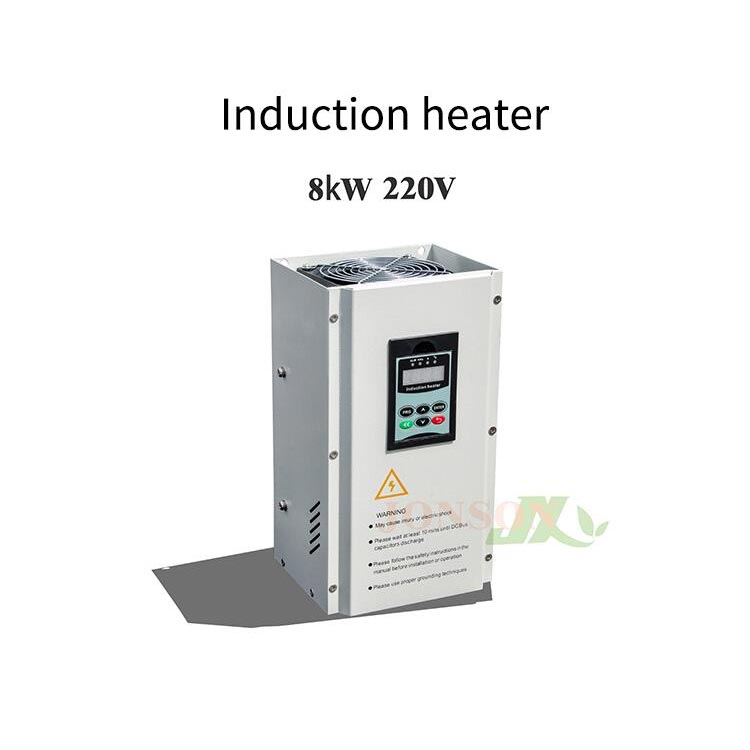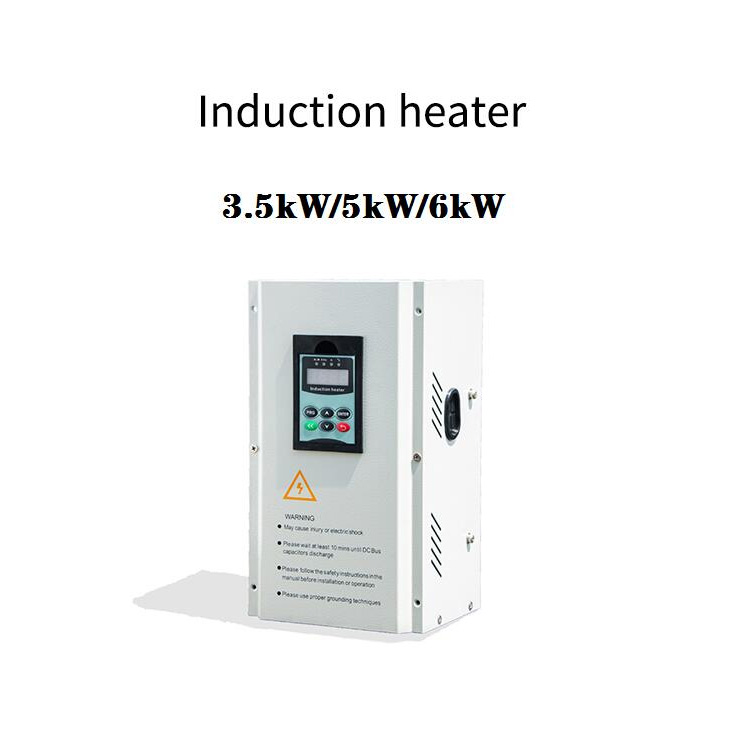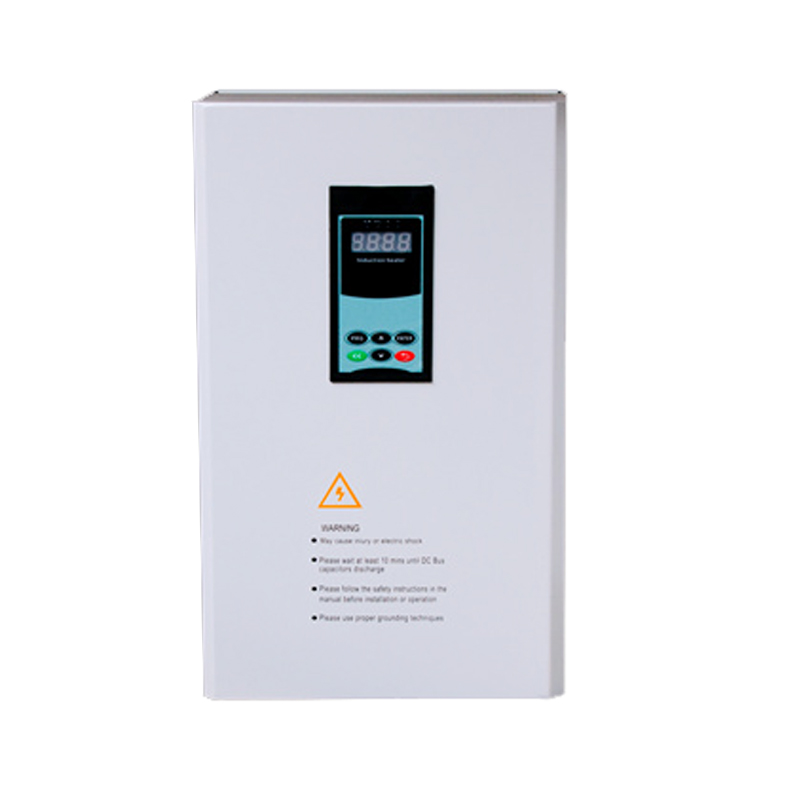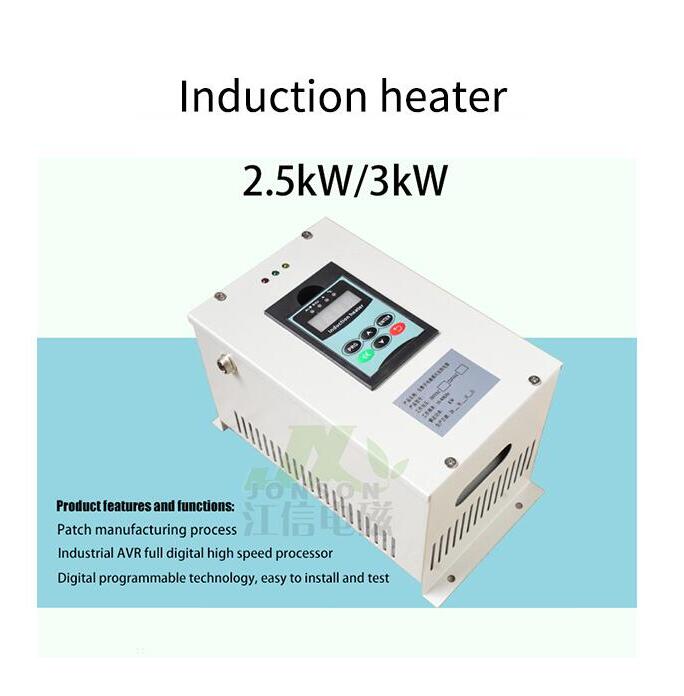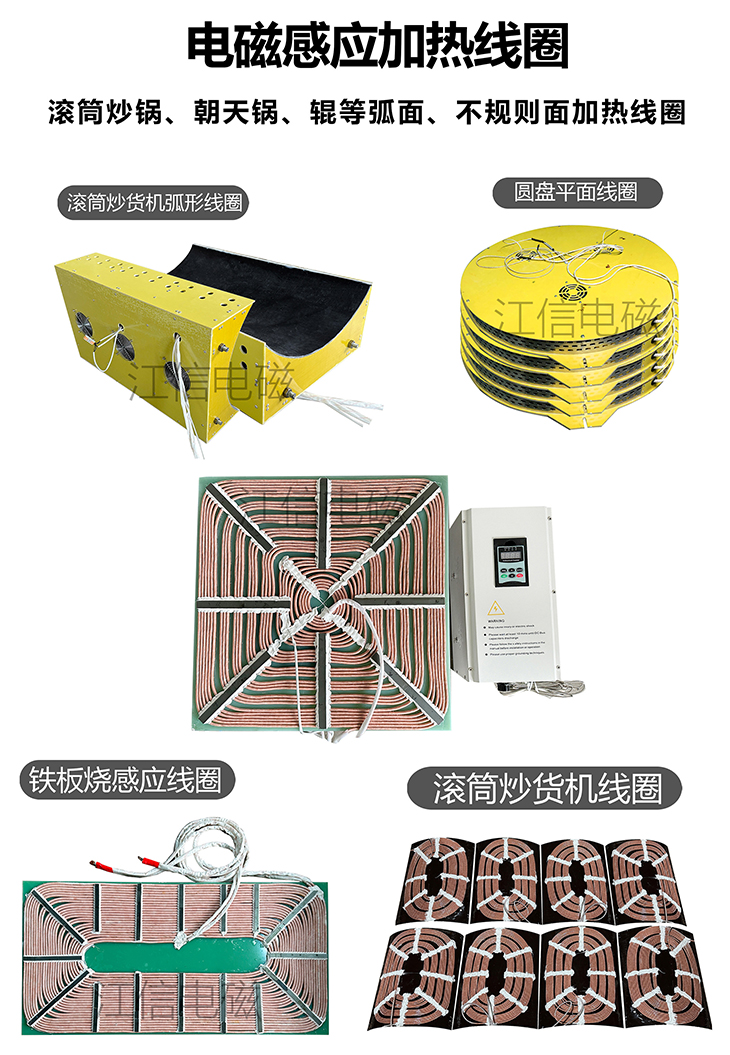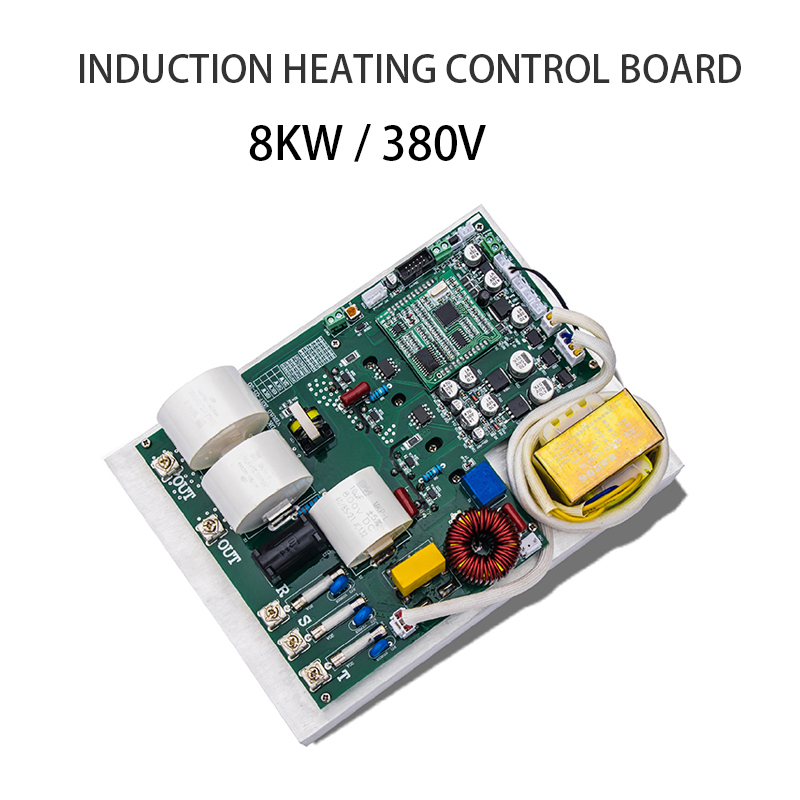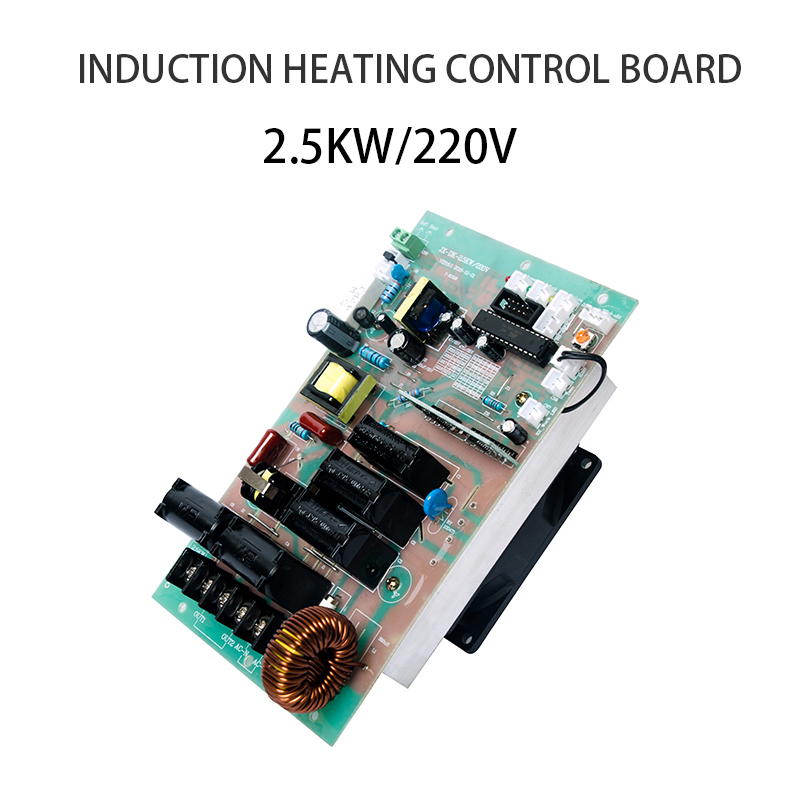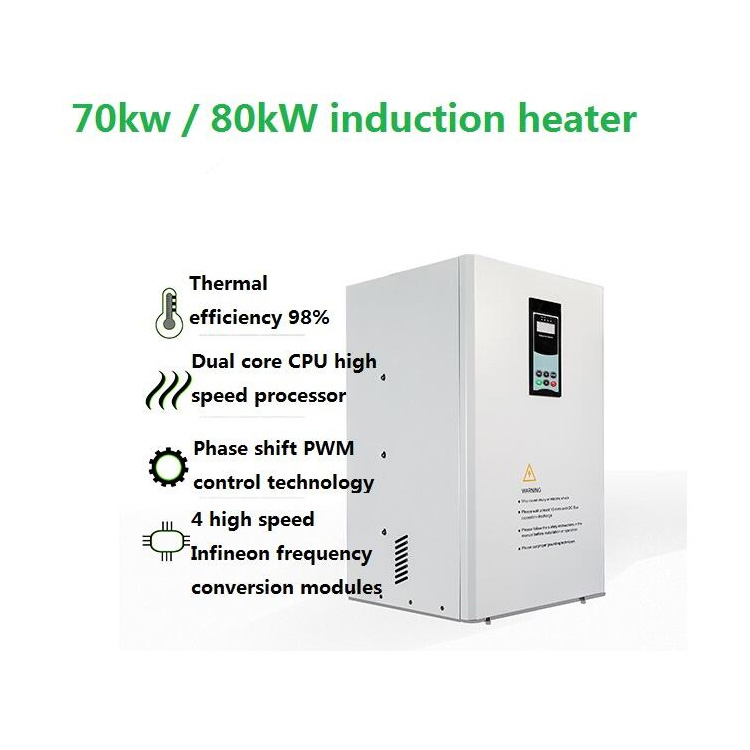Induction heating is a highly efficient method that offers several advantages when used in extrusion applications, particularly in the plastics and metal extrusion industries. Here are some of the key benefits of using induction heating in these settings:
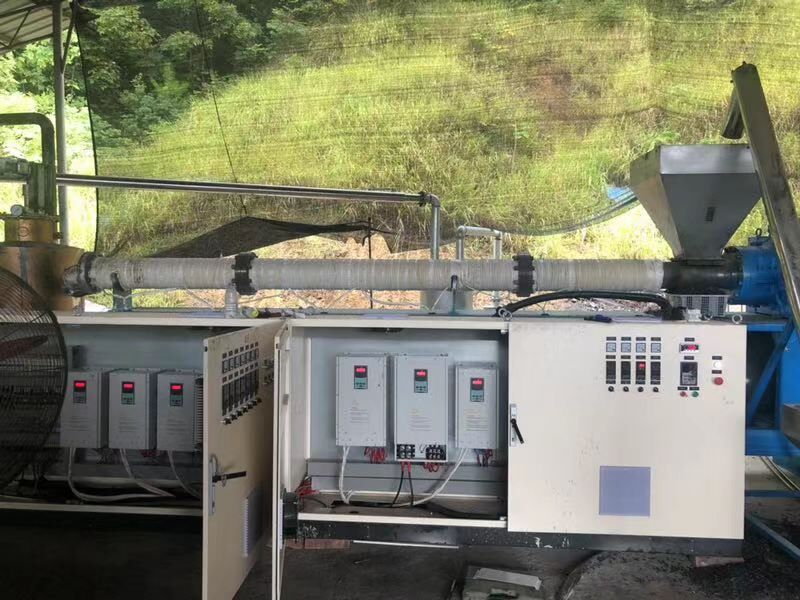
1. Uniform Heating
Induction heating provides extremely uniform heat distribution. This uniformity is crucial in extrusion processes where consistent material properties across the entire cross-section of the extrudate are necessary. Uniform heating helps in maintaining stable material flow and properties, reducing defects like uneven thickness or structural weaknesses.
2. Energy Efficiency
Induction heaters convert a higher percentage of energy into useful heat than many traditional heating methods. The process is highly energy-efficient because the heat is generated directly within the material, minimizing losses that typically occur in convection and radiation heating methods. This efficiency can lead to significant energy savings, especially in continuous, high-volume production settings.
3. Rapid Heating and Cooling
Induction heating allows for rapid heating and, importantly, rapid modifications to heating levels. This capability is invaluable in extrusion processes where the start-up and shut-down phases need to be quick to minimize waste. Rapid cooling, which can also be enhanced through induction 17勛圖, is critical when adjusting process parameters or changing material types.
4. Precise Temperature Control
The ability to precisely control the temperature in induction heating systems is another significant advantage. This precision ensures that the material is always within the optimal temperature range for extrusion, which is crucial for maintaining quality and consistency in the final product. Precise control also helps in reducing material stresses during extrusion, which can improve the mechanical properties of the extruded products.
5. Reduced Oxidation and Contamination
Since induction heating can be conducted in a controlled atmosphere or even under vacuum, it reduces the chances of oxidation and other contamination during heating. This is particularly important for metals sensitive to oxidation and other environmental effects during heating.
6. Space Efficiency
Induction heating equipment generally has a smaller footprint compared to traditional furnaces and ovens. This space efficiency is beneficial in extrusion plants where space can be a constraint. It also allows for easier integration into existing production lines without extensive modifications.
7. Improved Worker Safety
Induction heating systems generate less ambient heat and are safer for operators as the surfaces of the induction coils do not get as hot as traditional heating elements. This reduced surface temperature lowers the risk of burns and enhances the overall safety of the manufacturing environment.
8. Longevity and Lower Maintenance
Induction heating systems typically have fewer mechanical components and do not rely on combustion, leading to lower maintenance needs and longer service life. This reliability is crucial in industrial settings where downtime can be very costly.
Conclusion
In extrusion applications, whether for plastics or metals, the integration of induction heating can lead to enhanced product quality, increased production efficiency, and reduced operational costs. Its advantages make it a compelling option for modernizing and improving extrusion processes.

